Framlab proposes 3D-printed modular microneighborhoods to shelter NYC’s homeless

Image: Framlab
The growing population of homeless New Yorkers is sending creative agency Framlab up a wall–literally. The Oslo- and New York City-based agency has proposed a way to provide shelter for the city’s homeless in an arrangement of 3D-printed micro-neighborhoods comprised of hexagonal modules designed to attach to a scaffold structure, creating a second layer of properties, basically, alongside a building’s empty wall (h/t designboom). In the project, called “Homed,” the modular pods can be clustered together, creating a “cellular mosaic” with their fronts facing the street.
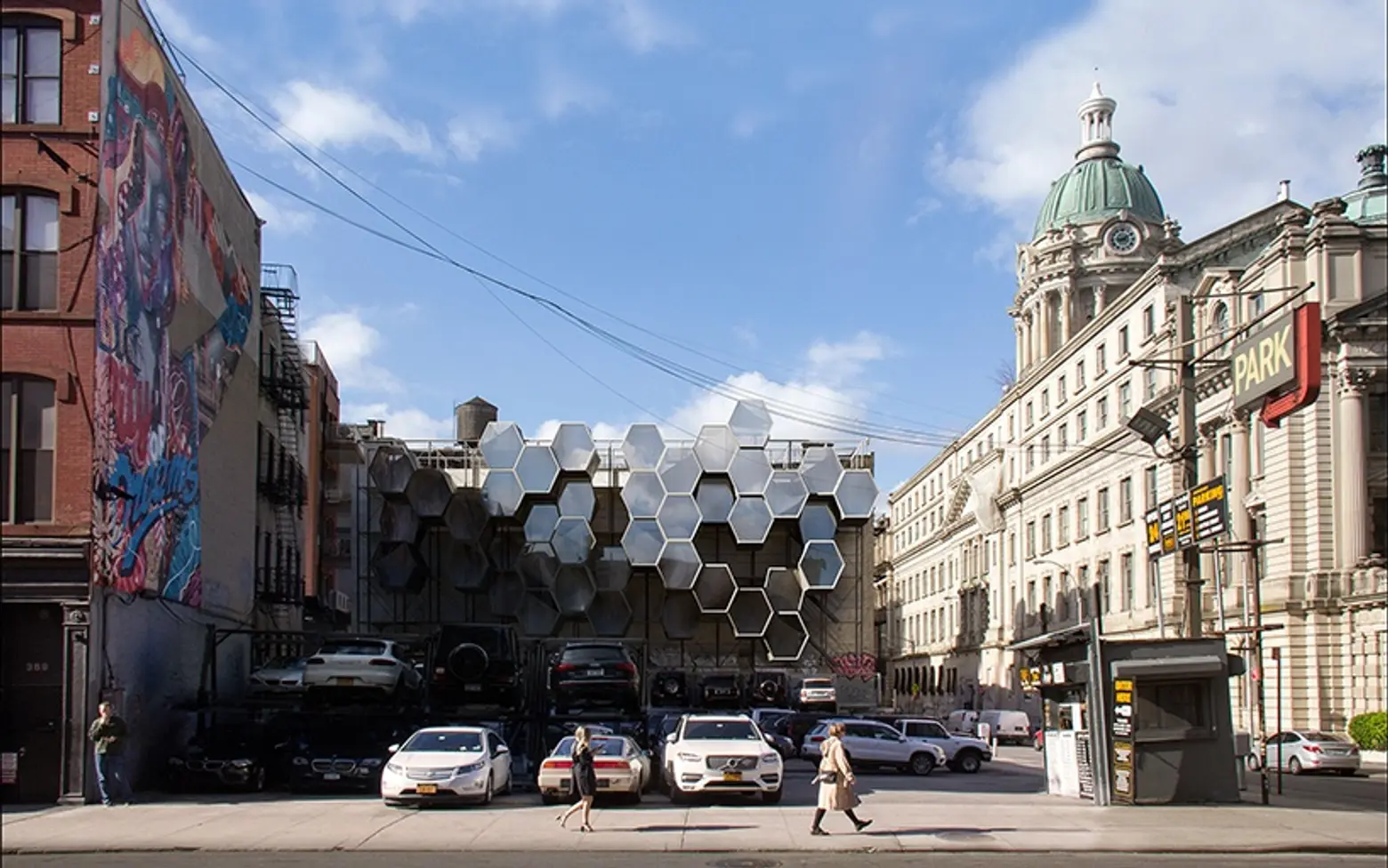
The front faces of the Homed units create a cellular mosaic that doesn’t disturb the character of the neighborhood. Image: Framlab
Framlab has really done their homework, providing detailed specifics on the proposal to create the densely-packed pods that would offer year-round housing that can withstand cold winter winds and provide a cool space in summer heat. The main backbone of a Homed cluster is a scaffolding framework that integrates vertical circulation and in-situ installation capabilities. The exterior is made of oxidized aluminum cladding with a soft, human-friendly environment inside.
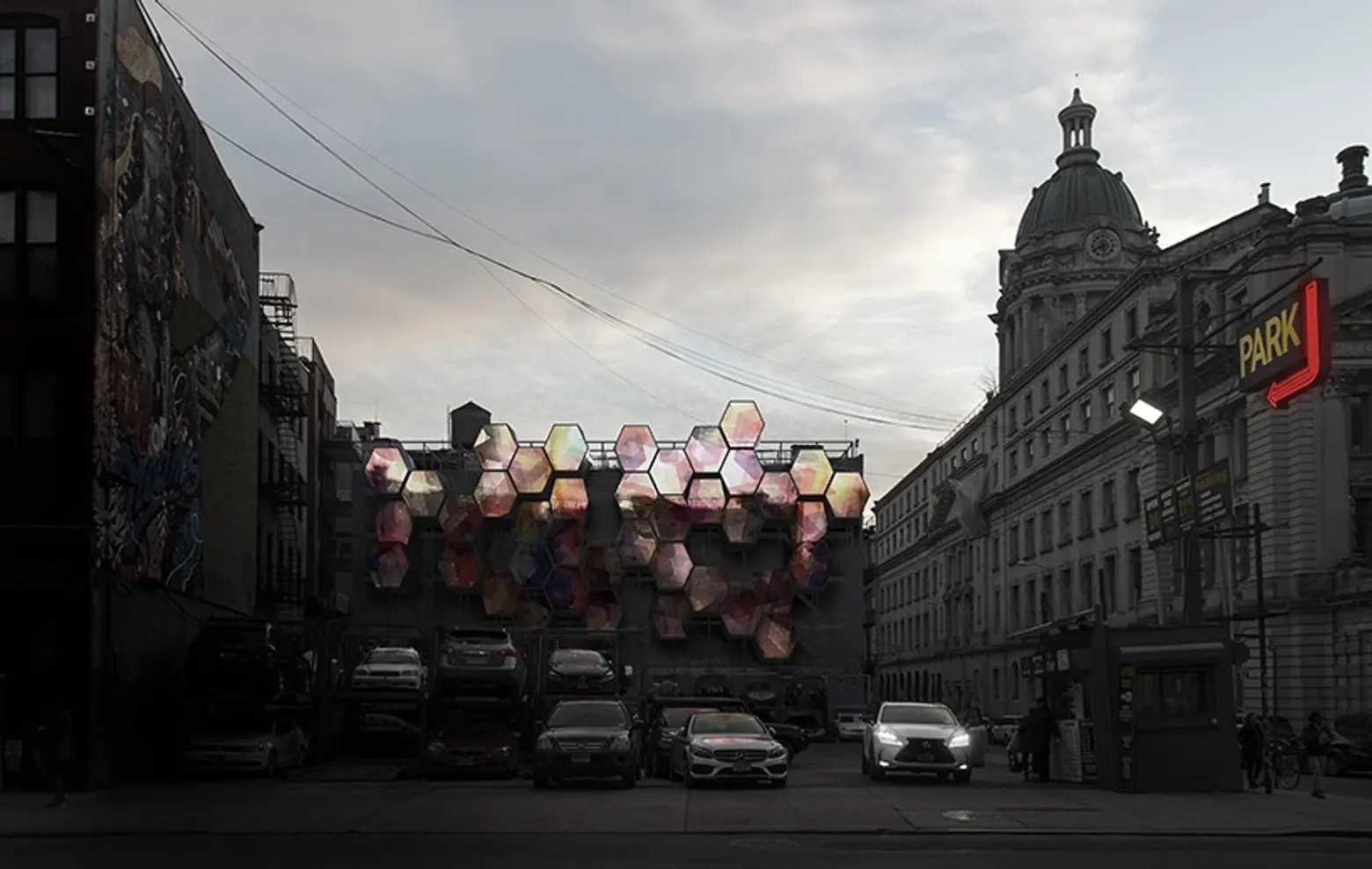
At night, the embedded display feature can showcase digital murals, public information or ads, ideally functioning as financial instruments for the tenant or city. Image: Framlab
The mirrored modules reflect views of the cityscape outside. The modules have even been designed to showcase digital artwork or public information (or, sigh, giant ads) at night.
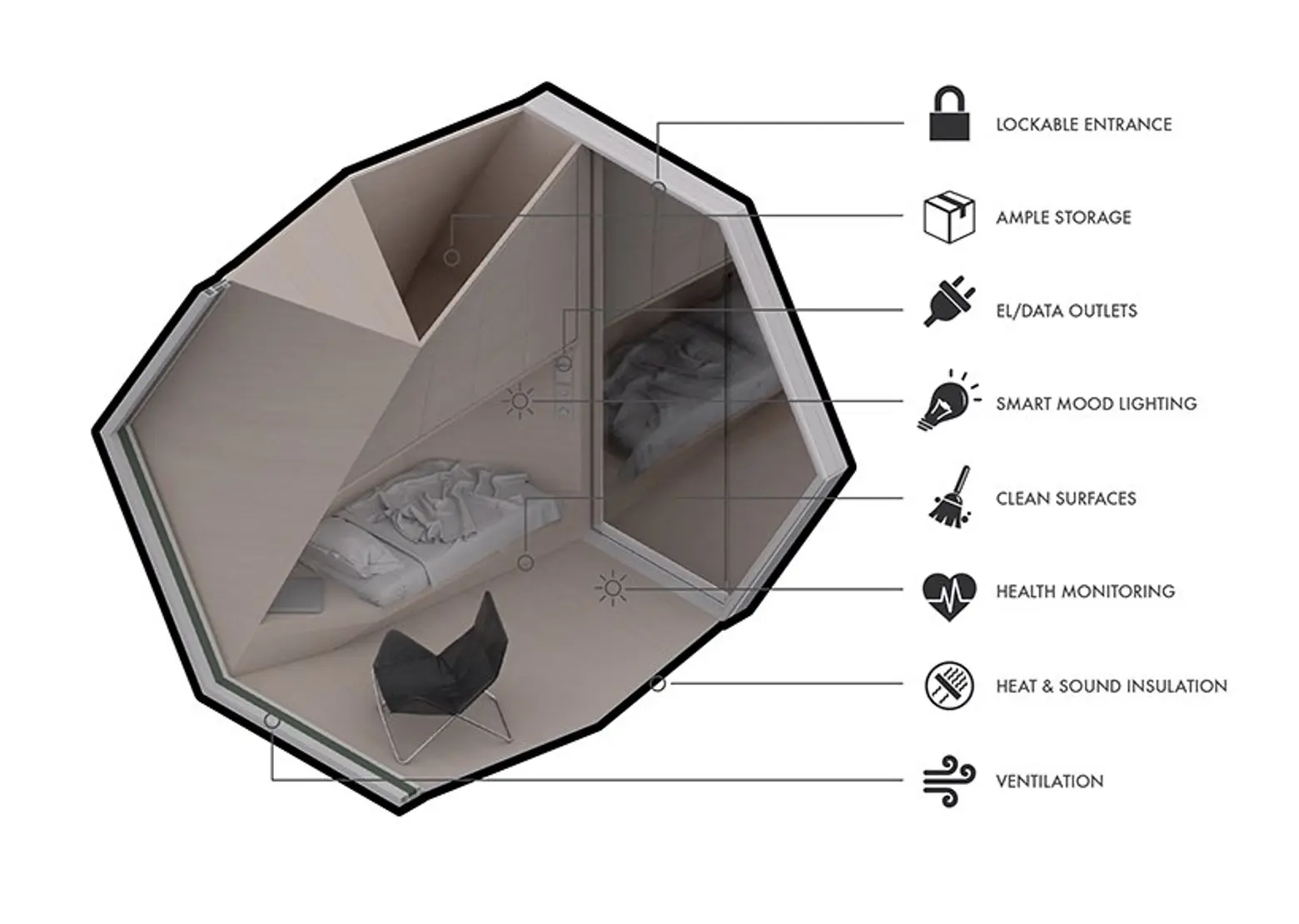
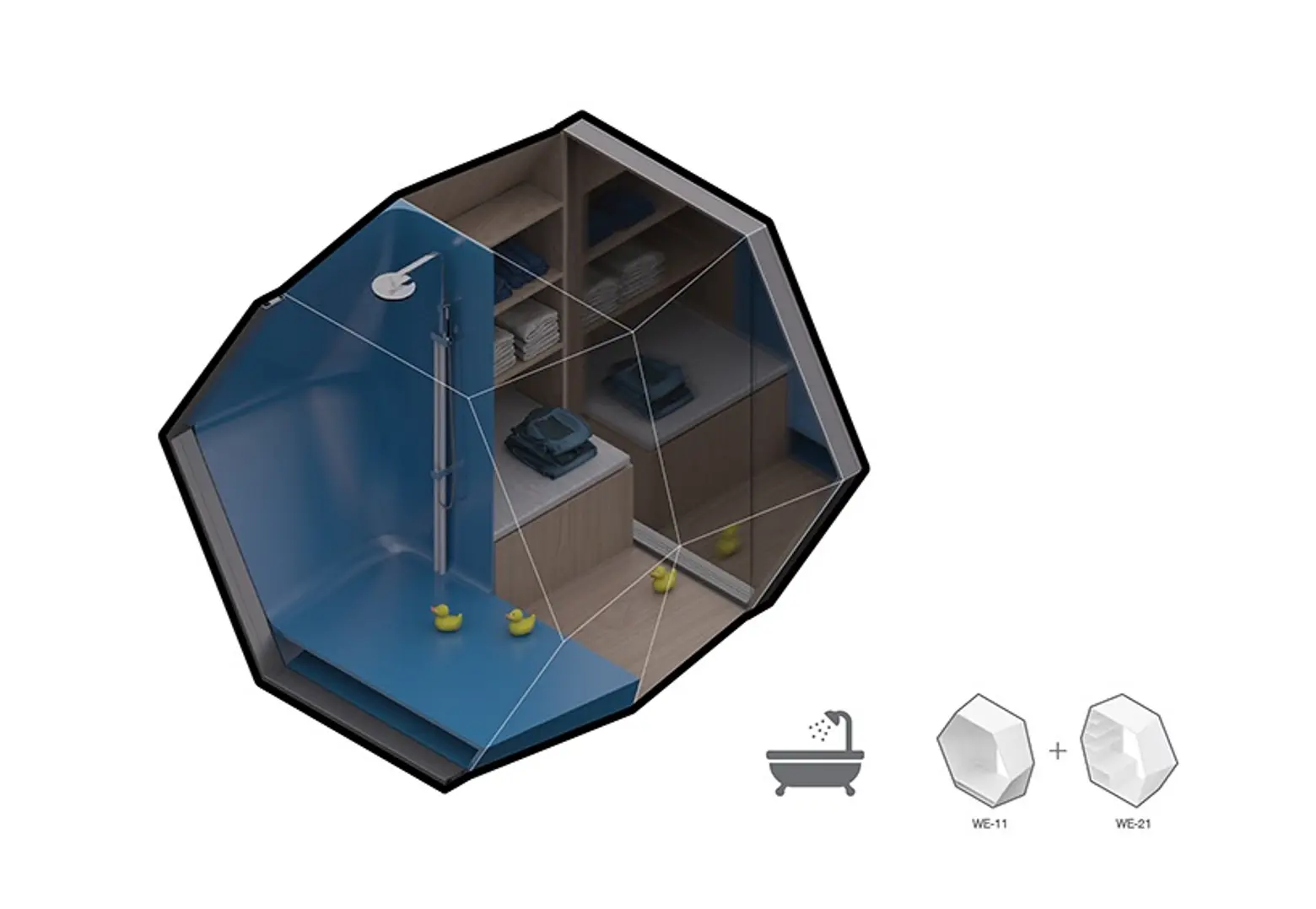
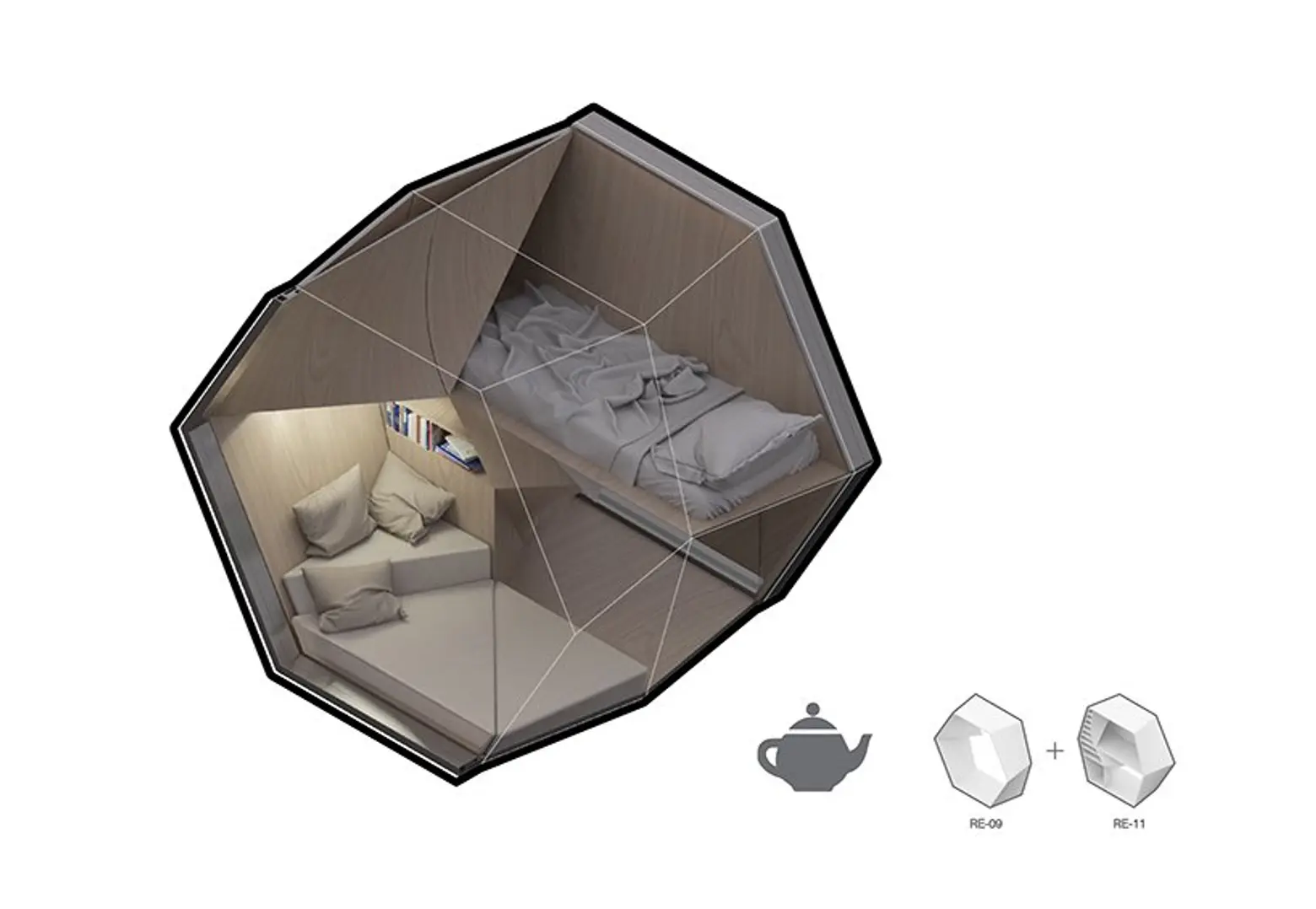
Images: Framlab
Interior modules are 3D-printed from recyclable bioplastics, making them environment-friendly and cost-effective. Interiors are extremely flexible and can be tailored to residents’ wishes; furniture, storage, equipment and smart technologies can all be integrated into the tiny space to create a safe and comfortable dwelling.
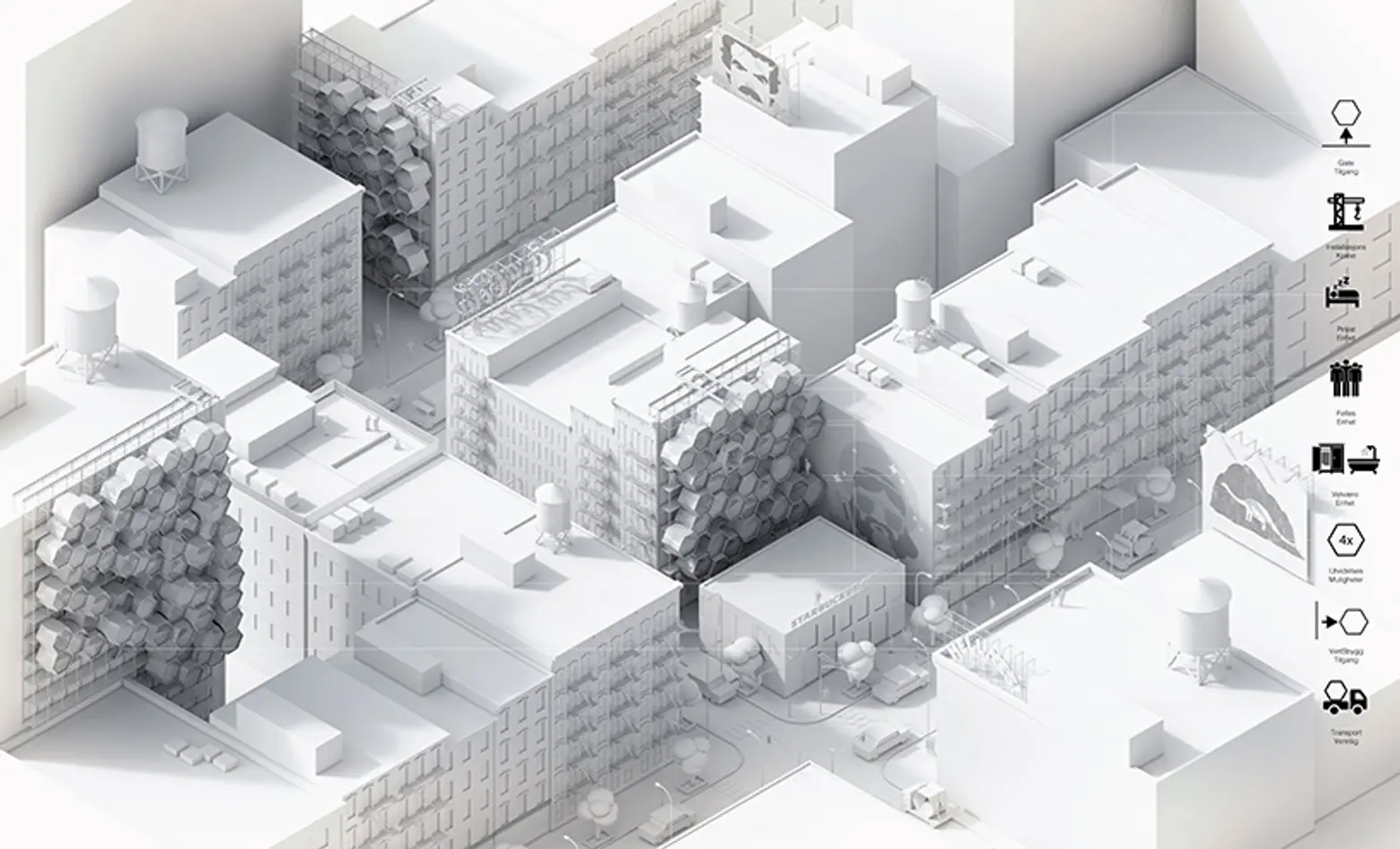
The structural framework for the Homed community is made up of modified scaffolding – an economical, flexible system system that quickly can be erected and disassembled.. Image: Framlab
Different types of units can be created, all of which means a timely deployment of Homed communities can be created or moved to wherever the need exists–a Homed community can be created in a matter of days. Find out more about this remarkable “shelter with dignity” idea here.
[Via designboom]
Get Inspired by NYC.
Leave a reply
Your email address will not be published.
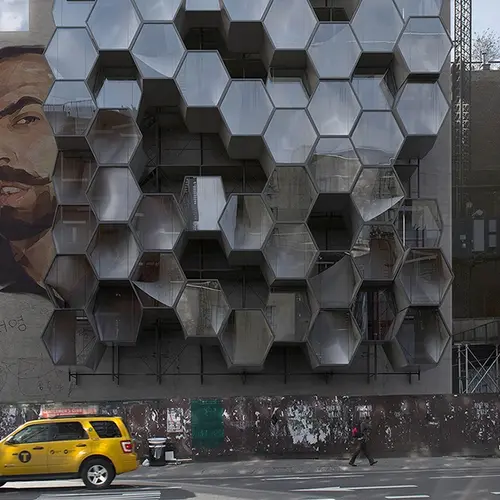
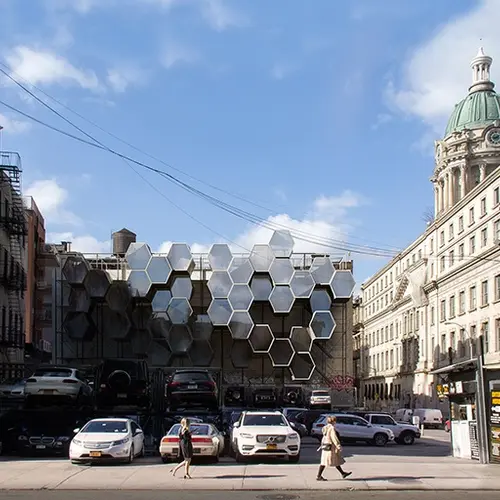
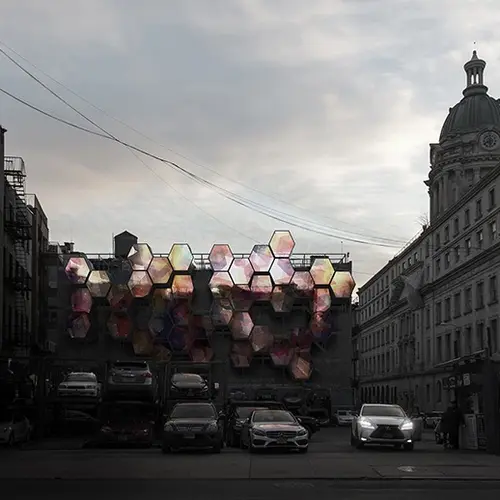
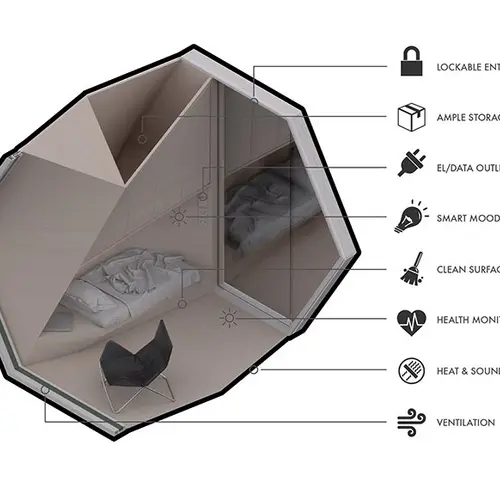
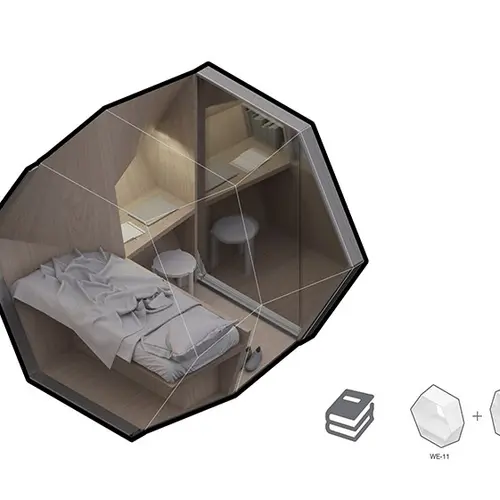
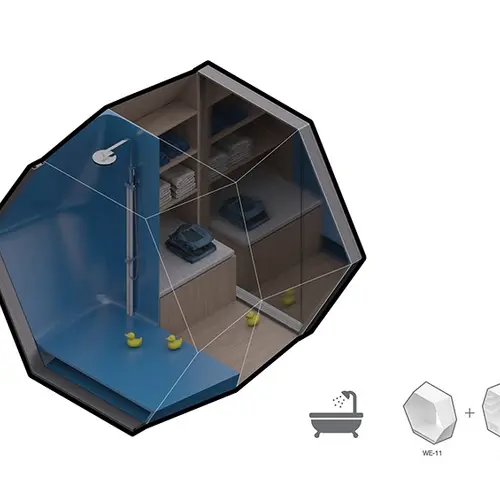
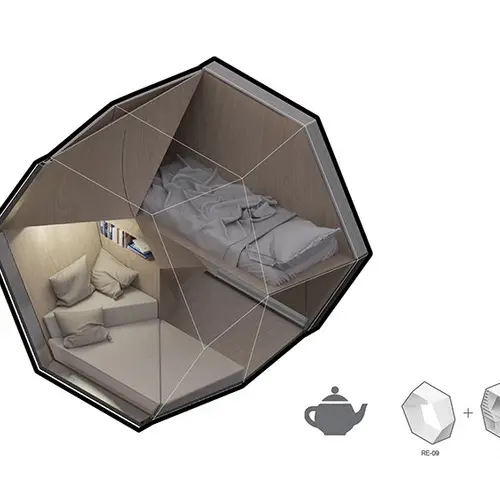
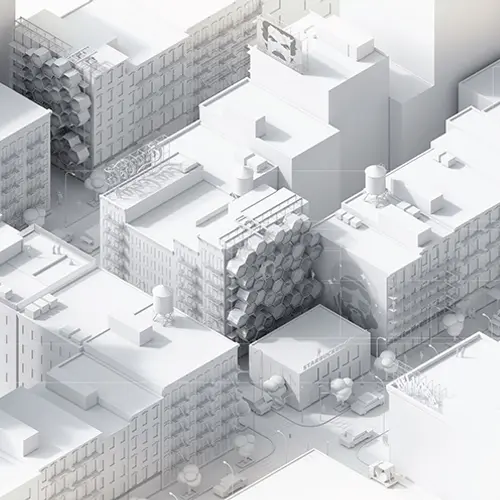

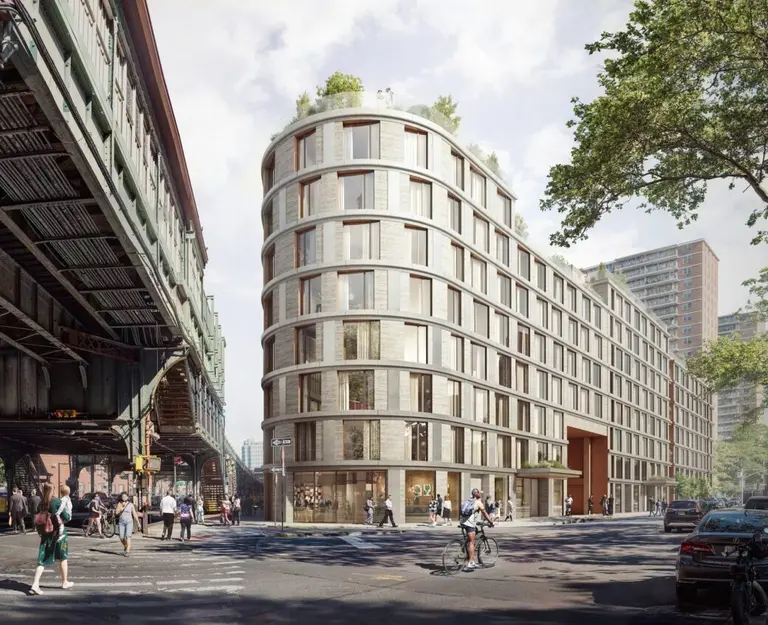
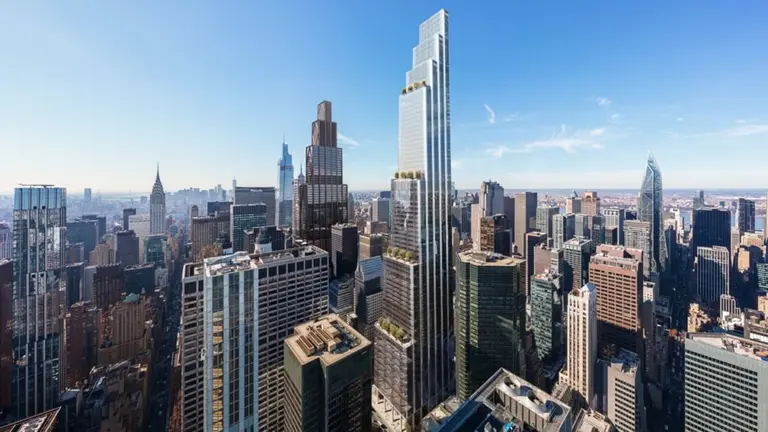

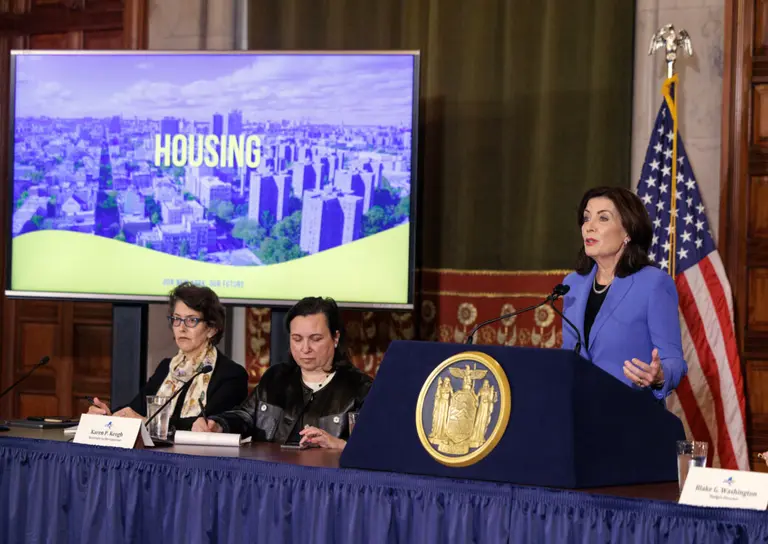
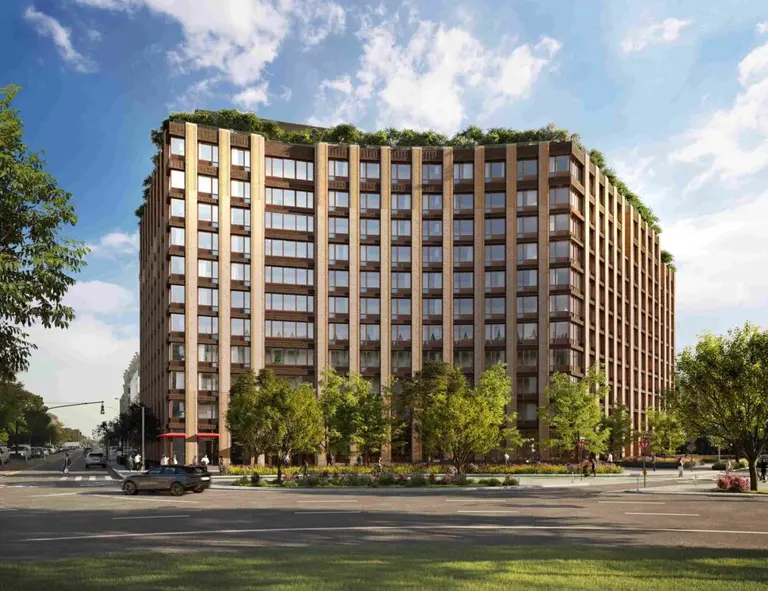
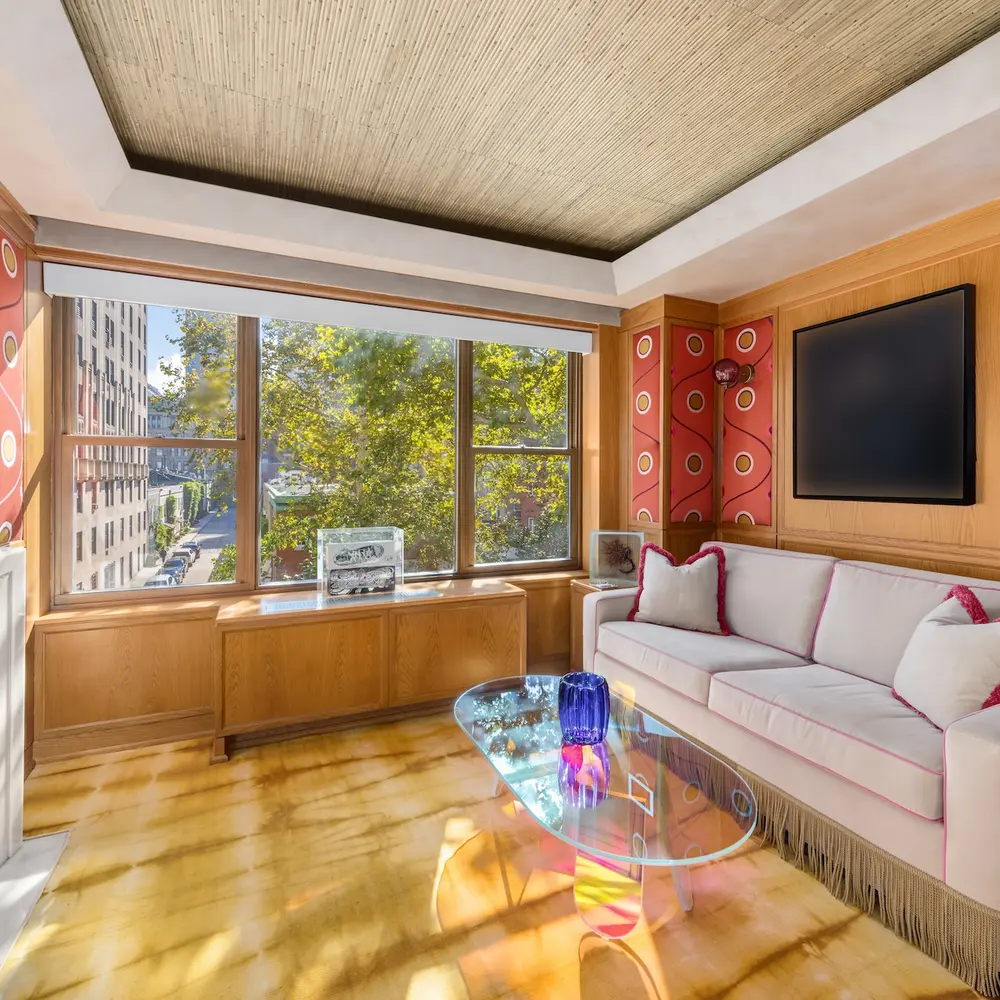
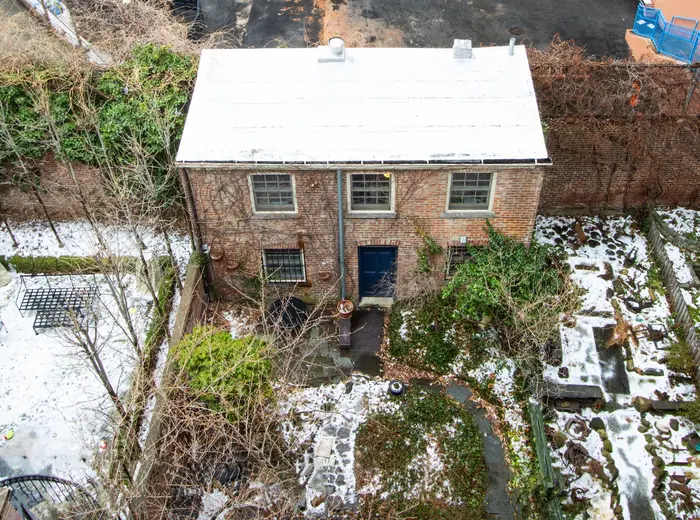
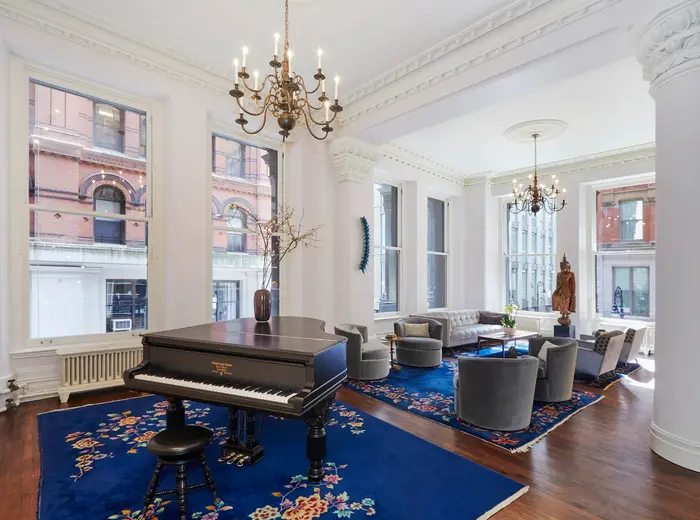
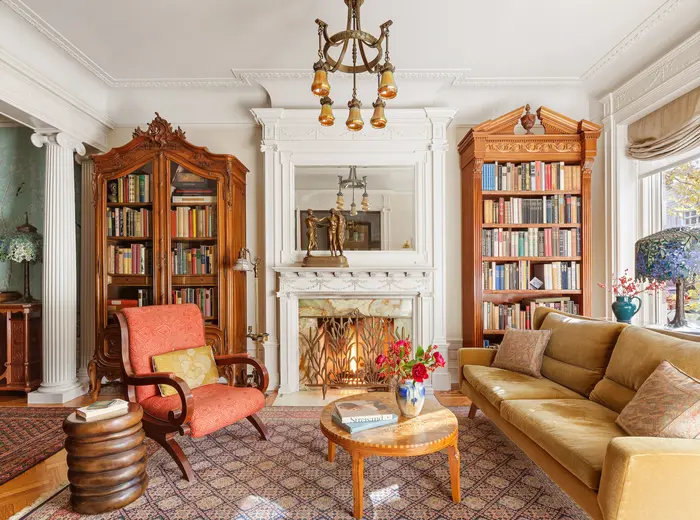
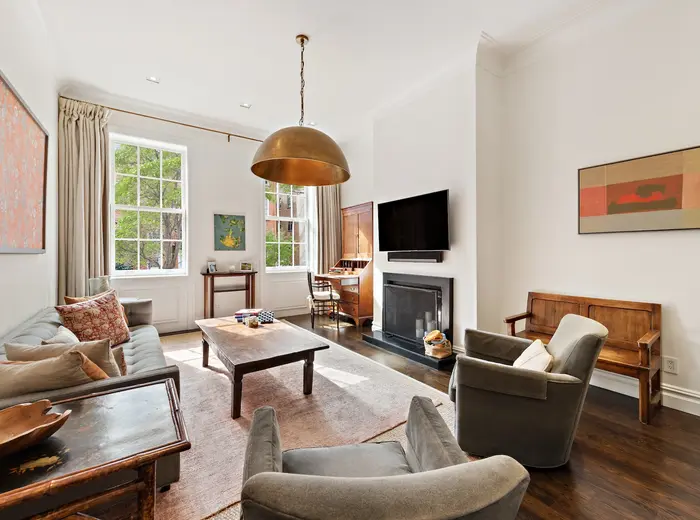

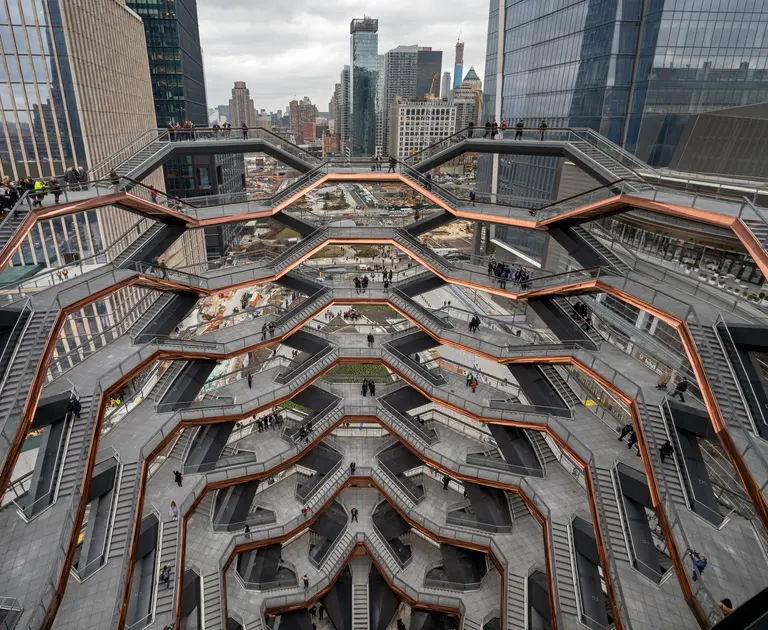
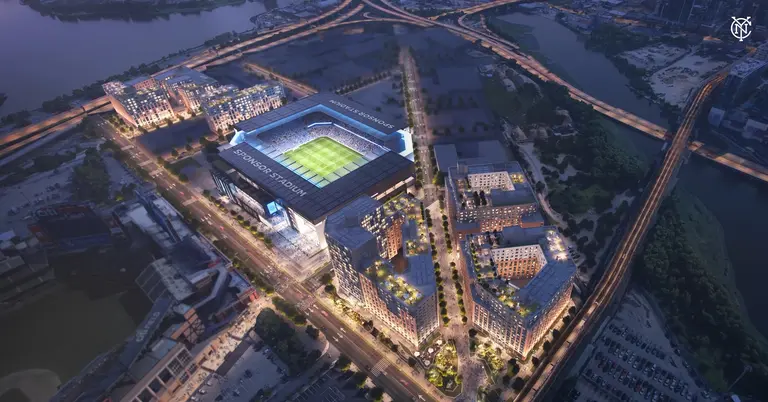

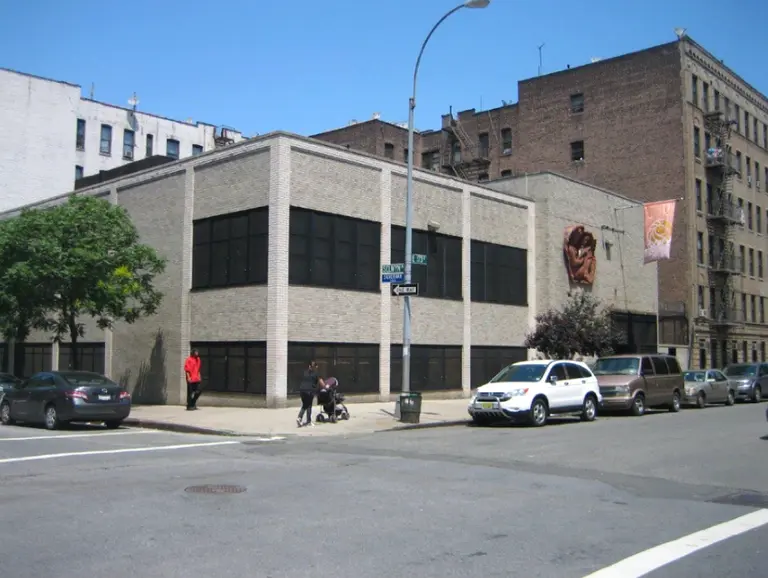












It doesn’t look safe